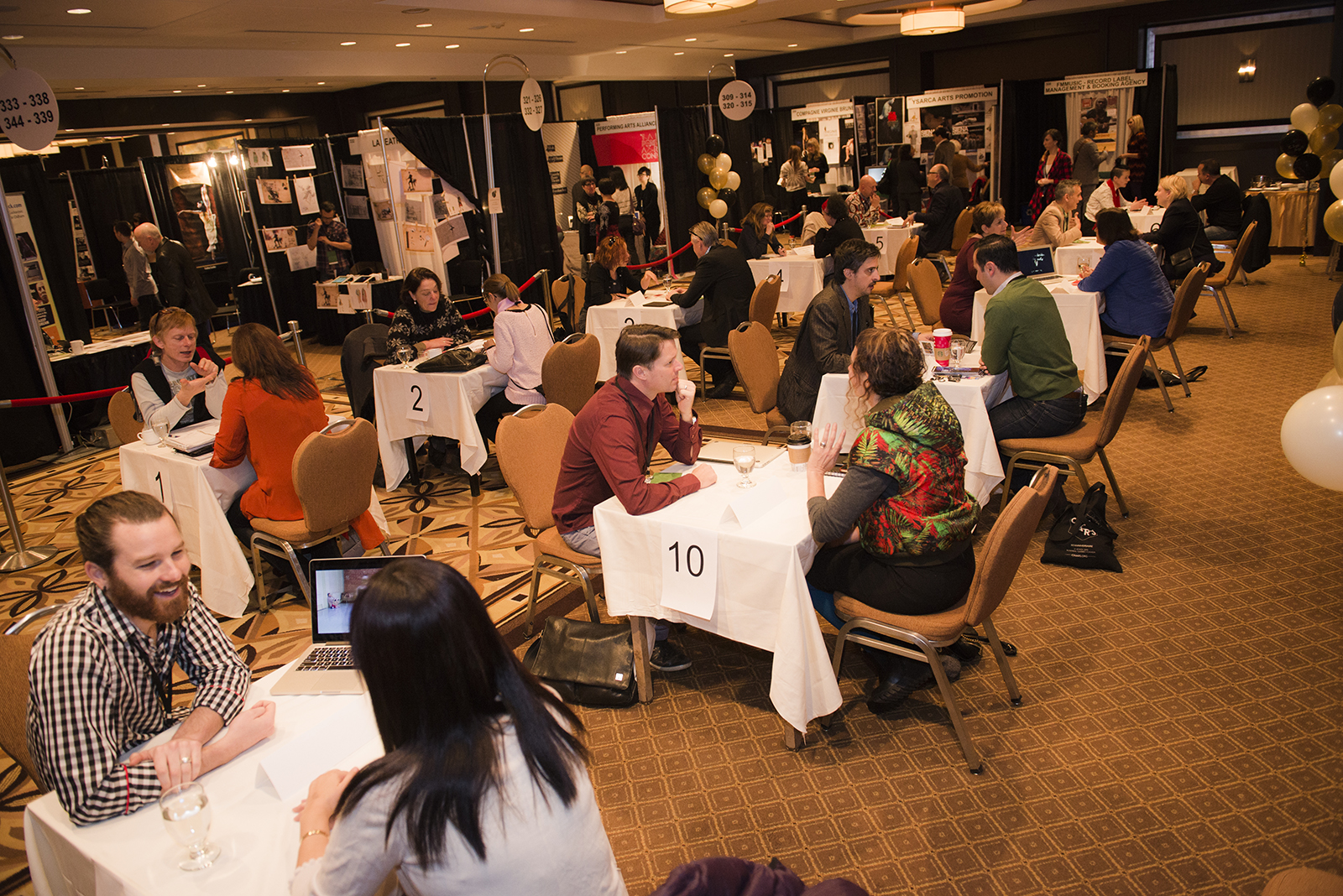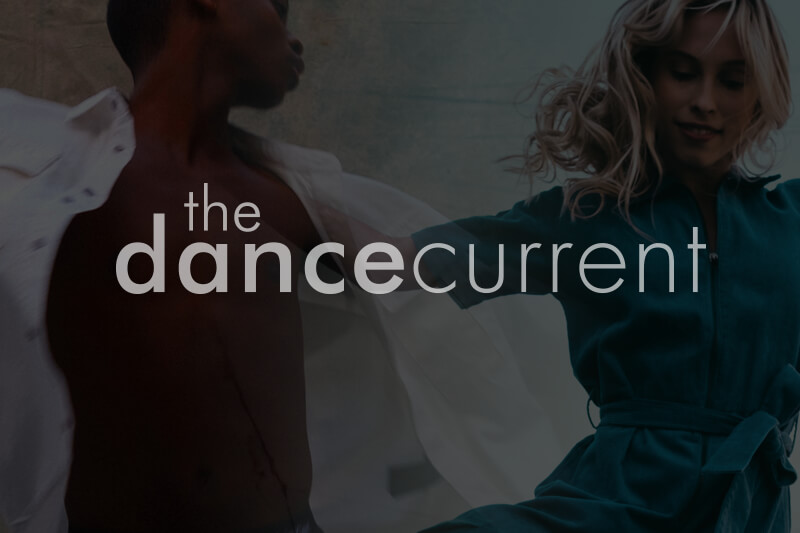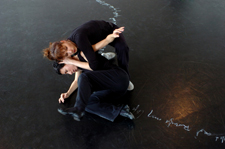The biennial CINARS (Conférence internationale des arts de la scène) is an intense meeting of minds and a don’t-miss event of magnitude. Numbers speak for themselves: this year, for its sixteenth edition, over 1500 participants (presenters, producers, agents, artists) from across the country and around the world converged on Montréal for what many consider one of the most stimulating and inspiring performing arts markets around, a place in which they could build their business. CINARS’ main focus is developing and supporting a robust performing arts presenting field and the professionals who work within it. People plan months in advance of the conference.
I met a local agent working with a roster of new artists. His goal: to introduce them to this arena, so that they could learn the ways that business is done at the conference, how to connect with industry professionals in the field and establish strategic partnerships to raise an artist’s or a centre’s visibility.
As with many of these global networking events, the schedule is packed with official programming, including mish-mash group showcases of excerpted pieces, featuring a wide array of artists, work, genres, full-length evenings, pitch sessions and speed dating set-ups between presenters and exhibitors. The onus is on the artists and their teams to create a well-produced, well-promoted and well-attended showcase. The costs associated with these showcases can skyrocket, and for some, particularly young artists and small outfits without support or representation, the costs are strictly prohibitive. (Incidentally, some of these start-up groups resort to Kickstarter initiatives to get themselves to events like CINARS). It appears that for many artists intent on touring, the nexus of CINARS is the business model for the future.
The size of the event and the volume of activities, especially for the uninitiated, is overwhelming. One seasoned conference-goer told me, “Pace yourself. You can’t do everything. And don’t expect to.” It’s controlled chaos, to paraphrase another attendee. But if you like scheduling over 100 meetings and performances over an intense six-day period, spending time with equally frenzied and frazzled colleagues, and scouting out artists and new projects for your festival or theatre season, you’re in heaven. As one enthusiastic participant said, in a moment of post-CINARS relaxed calm, the cross-pollinating experience “afforded a glimpse of, and conversations about, a number of new works in music, dance, theatre and, astonishingly, circus.” At that level, CINARS is about arts advocacy and the value of bringing an arts voice to every national debate about leadership and social change.
A number of people cited the conference’s new app, which made it, as one-agent/producer said, “easier for people to browse the rich activities, find the right place for each event and meet one another.” Then there’s the market, where exhibitor booths line the immense downtown Fairmount Queen Elizabeth hotel ballroom. It’s exhausting and over-stimulating with plenty on offer, but you get things done. According to CINARS, this year’s tally of presenters was 358, and with a parallel OFF-CINARS in full-swing, folks were really busy. But even if deals aren’t cemented on the spot, making contact and bridging the gap is the thing. CINARS is about art, but it’s very much about industry, sustainability and the business of making things happen.
Different-coloured registration badges were de rigueur, distinguishing participants. My purple media pass acknowledged my observer status, and I have to say that at events like this I want to be on the sidelines looking on. The fact is, getting artists booked is not for the faint-hearted. But CINARS is about strategy, maximizing your exposure amidst the madness of the buying and selling, and getting the conversations started. What’s most evident is the palpable desperation on so many artists’ faces, as they seek out nibbles and court interest. There are those who look right through you, sizing up and targeting the ones they really want. Hoping to get noticed, it’s easy to feel your head is spinning in one too many directions. Just as easily, you can be depleted after all the solicitation, or worse, empty-handed after all the exertion and expense. That said, there is a human face to the exchange; that’s the benefit of these meetings, where it has to be said, the singular worlds of artists remain, always, in circulation.
From my perspective, an often-enlightening series of workshops allowed participants to grapple with the complexity of the economic state of the world or, as others call it, “the fiscal cliff,” and question the cultural landscape of the future. Specialists and those involved in the field were on hand to ponder the prospects for the future, for sure, but also the here and now. One cleverly titled workshop, “A Journey Through the Mind of a Programmer,” featured a five-member panel: Lee Jong-Ho, artistic director of the Seoul International Dance Festival; Marcela Diez Martínez, programming director at Mexico’s Festival Internacional Cervantino; dancer presenter Paul King, co-founder of Portland, Oregon’s White Bird; Vancouver International Dance Festival’s executive director Jay Hirabayshi; and Bush Hartshorn, artistic director of Dansehallerne in Denmark. Familiar responses surfaced about understanding artistic sensibilities and the need to see performances. Panelists talked about their normal, overloaded days. An animated discussion ensued about how the individual programmers perceive themselves: King confirmed the lack of prospects, due to a shrinking number of dance presenters in the United States. He spoke about being a “vaudeville act,” in which “plates are spinning and no plates can fall.”
Trust emerged as a central issue, including efforts to connect with the public and building strong, steady collaborative relations globally. The Korean delegate stated bluntly that he was not looking for an American perspective on his stages. His country, he explained, had been highly influenced by American modern dance views over the last decades. “We are looking elsewhere. Balancing diversity is a key issue,” he stated.
On the presenting front, CINARS invited Suzanne Walker, executive producer of London’s Sadler’s Wells as a guest speaker. In her insightful talk, Walker challenged the wider community to think differently about audiences and programming accessible work, and she cited her theatre’s attempt to bring the best of international and British dance to audiences. She talked at some length about spurring on the audience’s enjoyment and understanding of dance by, as she said, “making dance relevant … and enriching,” by supporting artists and allowing them the opportunity of creating new works.
The most inspiring and provocative thinker I heard was Finnish-born Virve Sutinen, the new artistic director of Berlin’s Tanz Im August. During the panel “Cultural Overflow: Causes, Impacts, and Solutions,” she addressed how to make the theatre exciting again, as a meeting place for debate. She is big on “opening our institutions and letting people in.” As she indicated, “It’s time to return to theatre as a place [of coming together].” She expressed caution about the “fuck the audience” sentiment prevalent in the contemporary arts network. “I’m really worried about the discourse,” she said, citing Berlin’s bubble of comfortably “post-post conceptual artists.” What’s required, she indicated, is a changing refrain and for everyone to “step out of their comfort zone.”
She flagged the widespread rise of government austerity measures and cultural policies in which “dance gets cut first.” And she stressed, “we can’t become victims of the official line.” Sutinen also talked about Finland’s investment in higher-arts education. Those programs are being challenged, but she believes, “in the end [those students] will probably change society.”
It’s that kind of emphasis and investment of ideas in this often-indefinable field that is so vital. At CINARS, there was occasion to move beyond marketing and the mercantile incentives, and reductive governmental determinations, to seek out new ways of working together, to traverse imaginary boundaries and begin to bridge new worlds.~
Tagged: 360 Dance, All, Audience Engagement, Marketing & Promotion, Talk, Montréal , QC





![2011-09-02 PROJET ILOT WILDER - CONCEPT (glissé(e)s) 2[3]](https://thedancecurrent.com/wp-content/uploads/columns/2011-09-02-PROJET-ILOT-WILDER-CONCEPT-glissees-23-600x400.jpeg)